Optimal Timing for Foundation Repairs
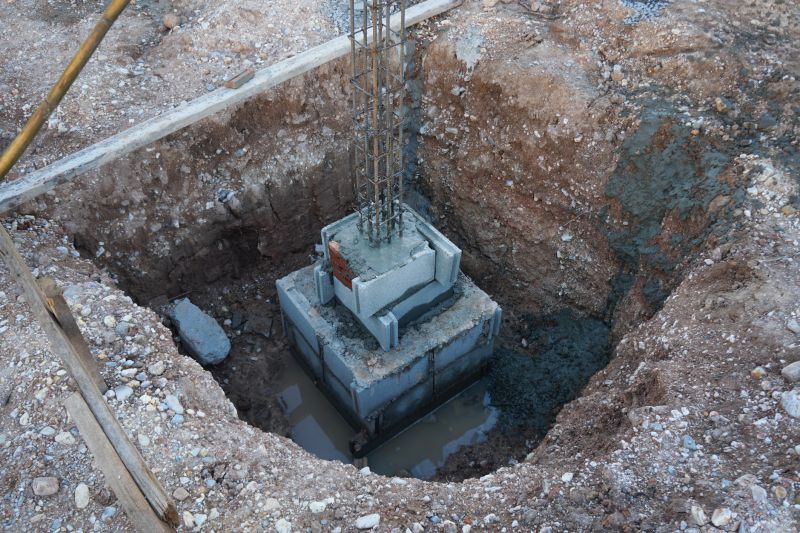
Spring often provides optimal moisture levels, making soil more stable for foundation repairs.
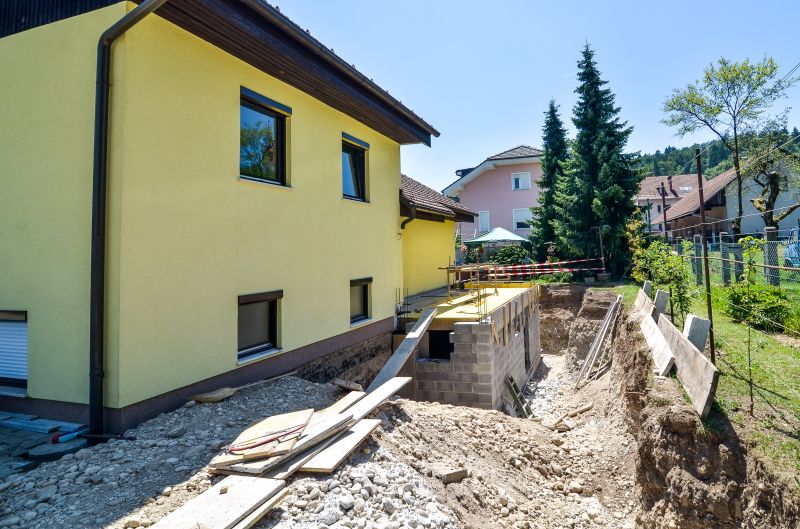
Dry summer months can facilitate easier access to foundations and quicker curing times.
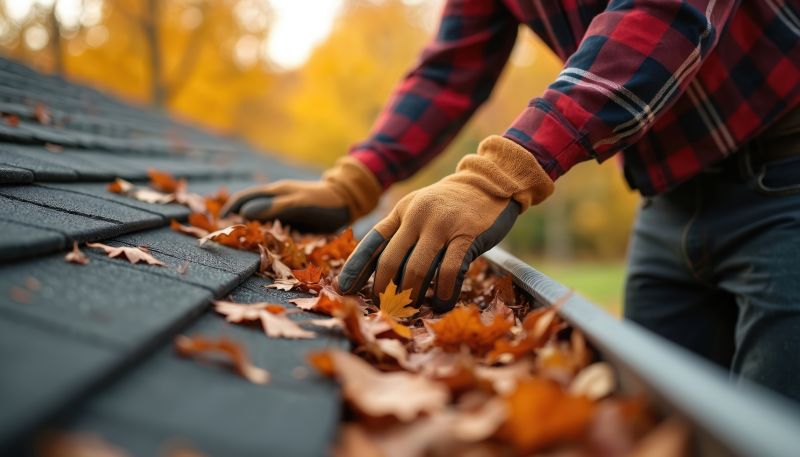
Fall offers cooler temperatures and stable ground conditions, ideal for repairs before winter.
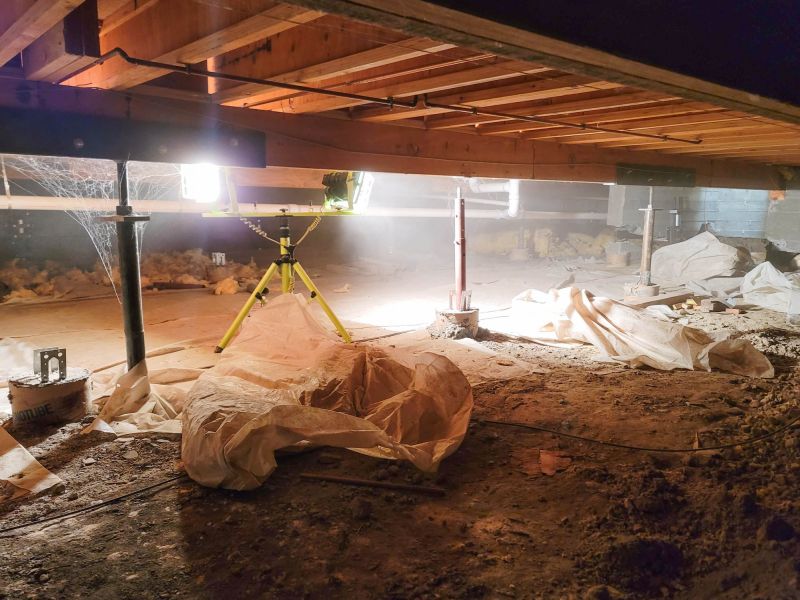
Ways to make Foundation Repairs work in tight or awkward layouts.
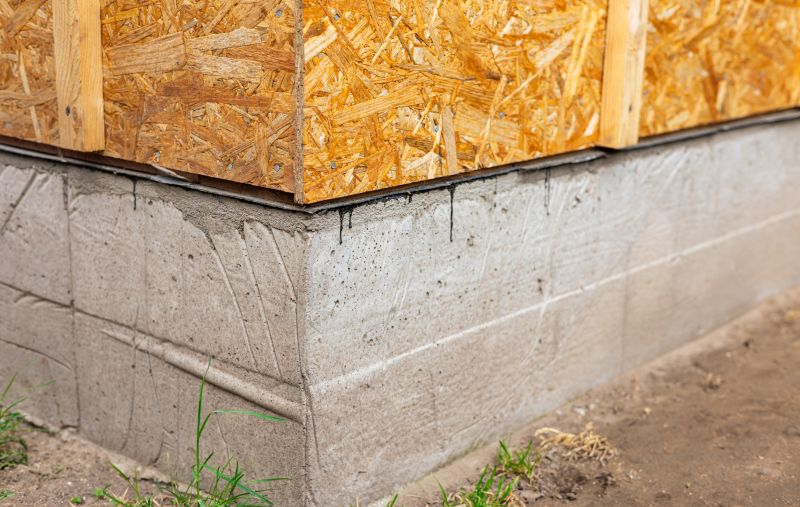
Popular materials for Foundation Repairs and why they hold up over time.
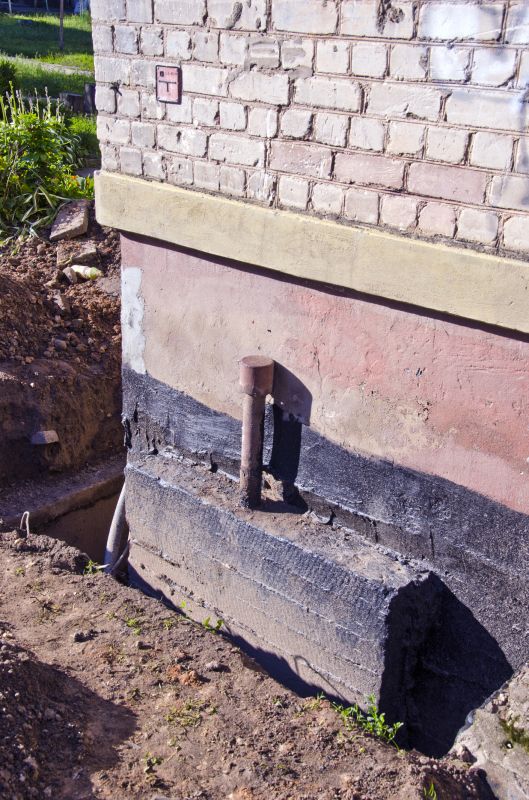
Simple add-ons that improve Foundation Repairs without blowing the budget.
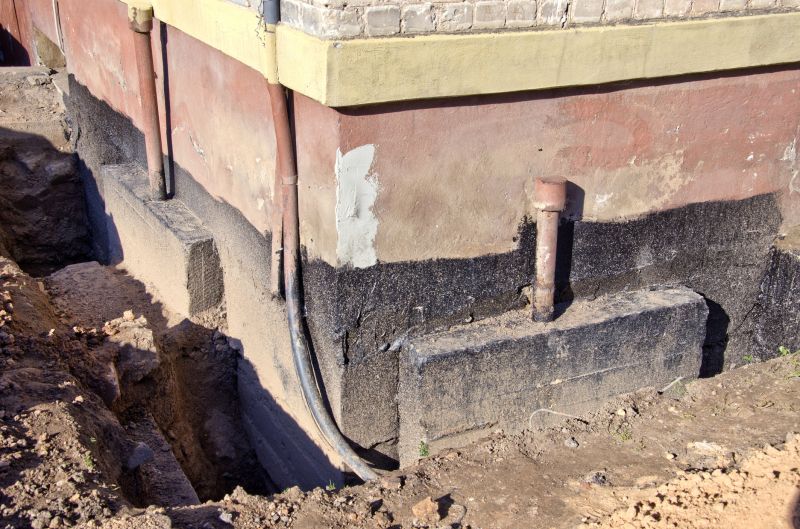
High-end options that actually feel worth it for Foundation Repairs.
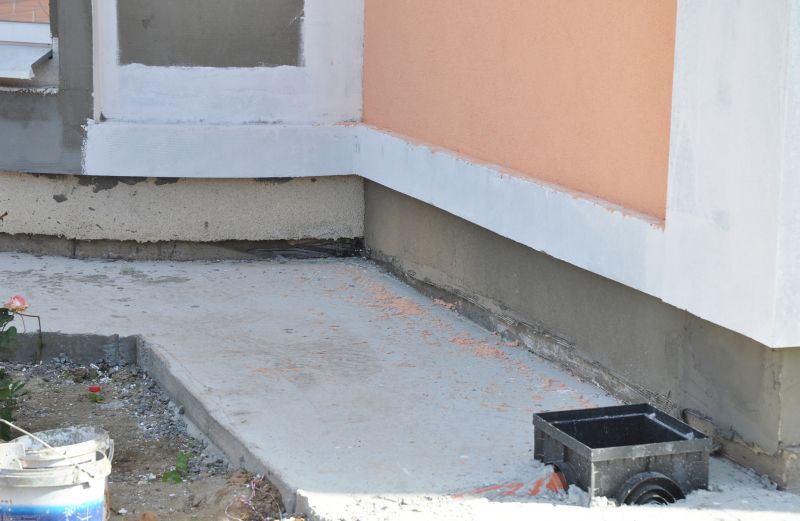
Finishes and colors that play nicely with Foundation Repairs.
Foundation repairs are essential for maintaining the structural integrity of a building. Timely intervention can prevent further damage, reduce repair costs, and extend the lifespan of the property. The best time to undertake these repairs depends on various factors including weather conditions, soil moisture levels, and seasonal temperature fluctuations. Proper planning ensures that repairs are effective and durable.
Statistics indicate that foundation issues affect approximately 25% of homes in regions with expansive clay soils, which are common in Nebraska. Repair methods vary from underpinning to piering, and choosing the right time for repairs can influence the success and longevity of the work. Cooler, drier months often provide optimal conditions for many repair techniques, reducing risks associated with soil movement and moisture fluctuation.
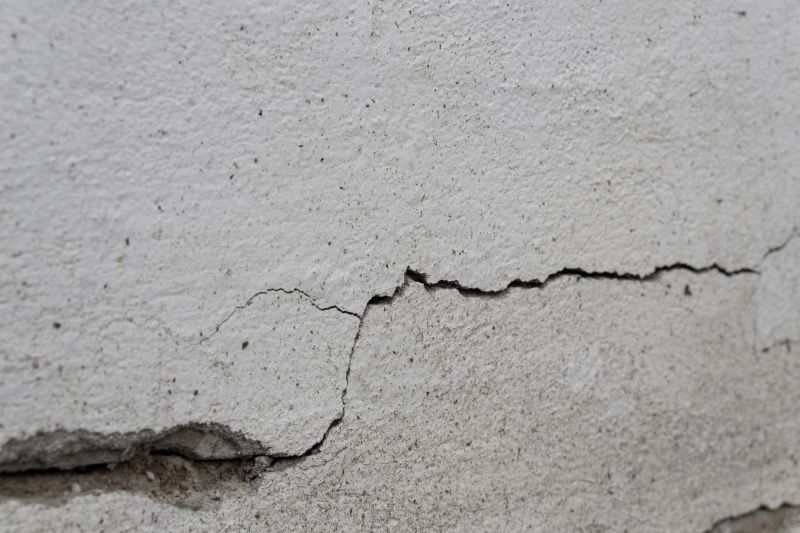
Addressing cracks during stable weather prevents further structural issues.
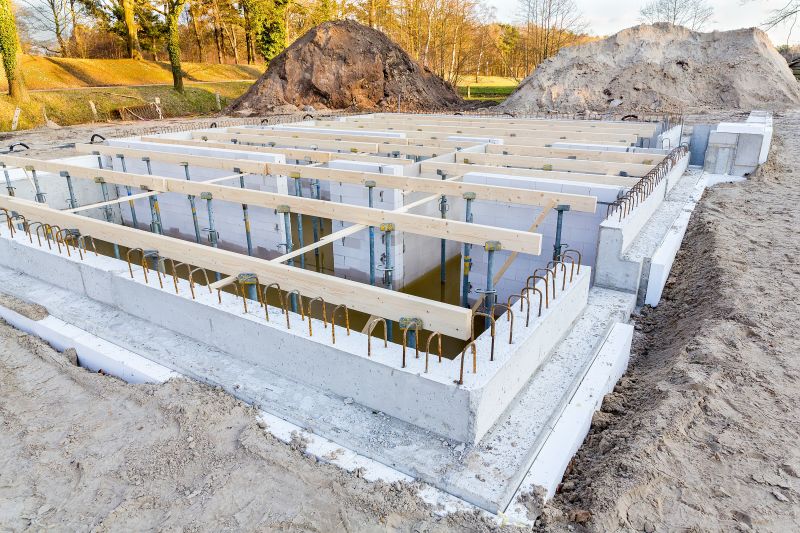
Ideal in dry seasons for secure and long-lasting support.

Performed when soil moisture levels are manageable for effective stabilization.
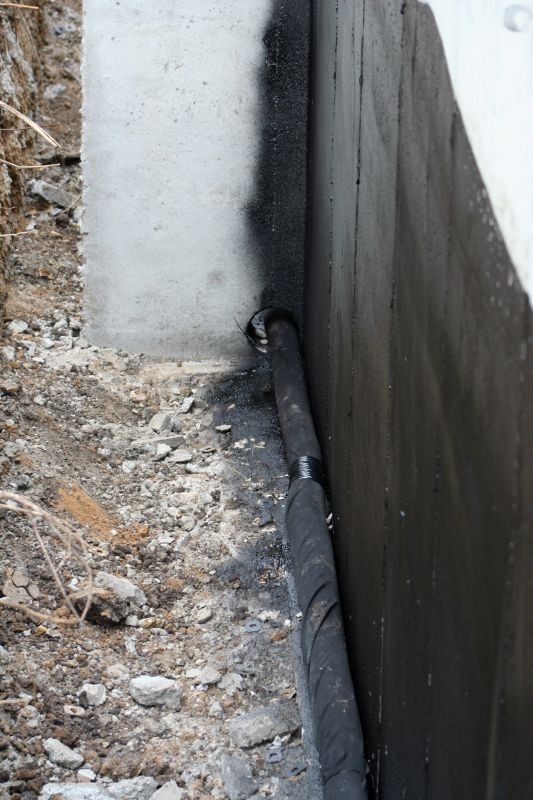
Best done before winter to prevent water-related damage.

Little measurements that prevent headaches on Foundation Repairs day.
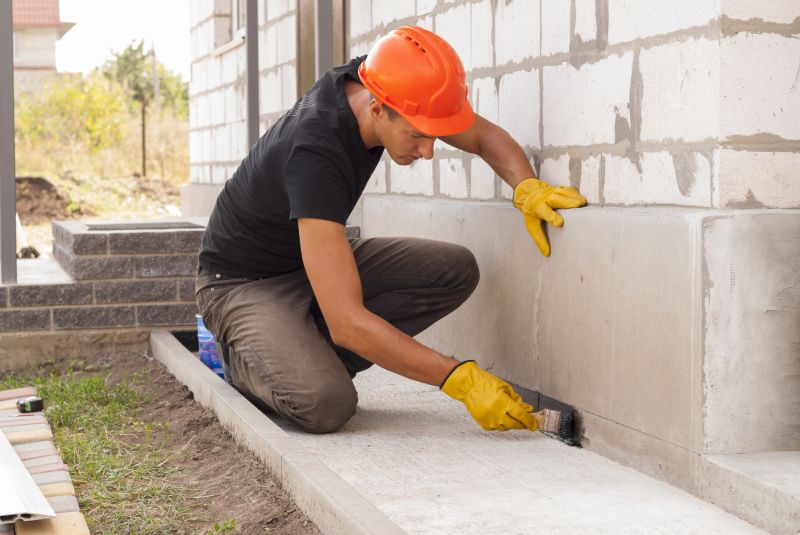
A 60-second routine that keeps Foundation Repairs looking new.
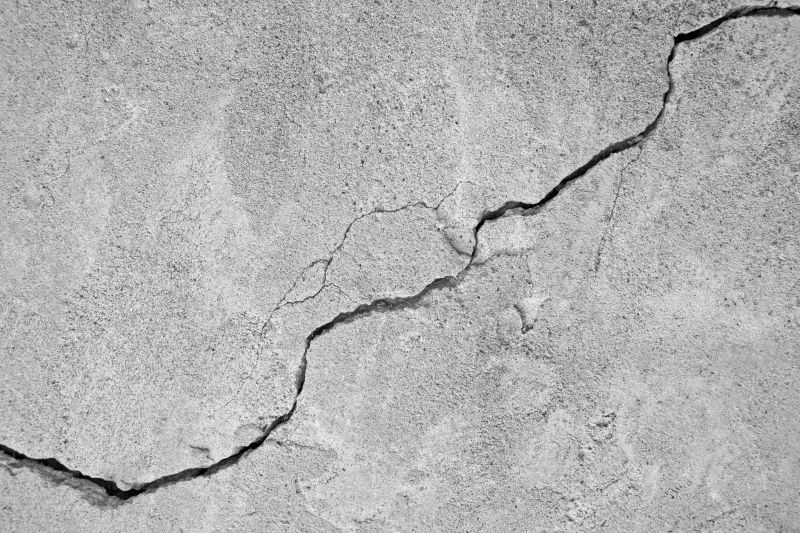
A frequent mistake in Foundation Repairs and how to dodge it.
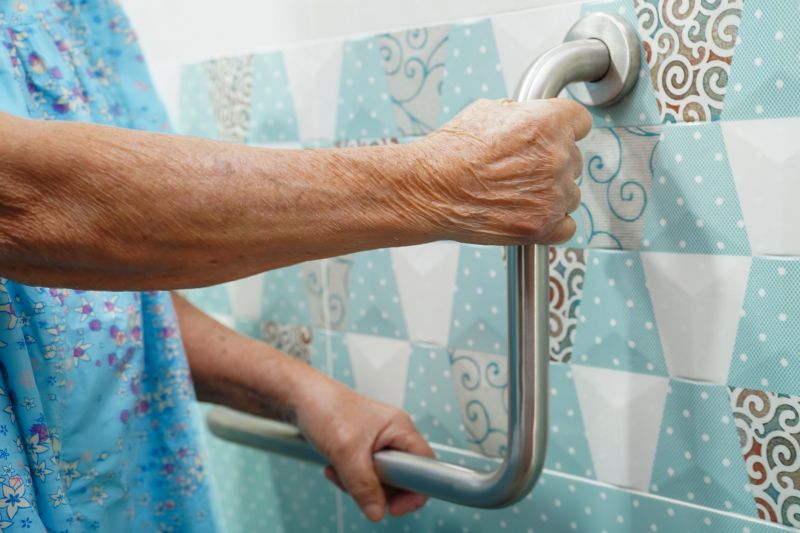
Small tweaks to make Foundation Repairs safer and easier to use.
| Season | Suitable Repair Activities |
|---|---|
| Spring | Soil leveling, crack sealing |
| Summer | Piering, drainage improvements |
| Fall | Foundation inspection, soil stabilization |
| Winter | Limited repairs, focus on preventative measures |
Cracks in walls, uneven floors, and sticking doors may indicate foundation issues.
Early intervention can prevent costly structural failures and property damage.
Techniques include underpinning, piering, and soil stabilization, selected based on specific needs.
Ensuring access and scheduling repairs during optimal weather conditions enhances results.
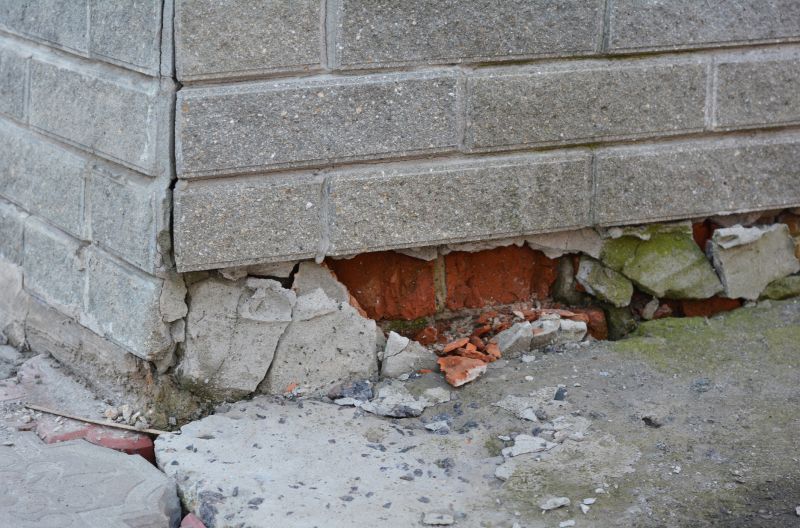
Professional repairs can restore stability and prevent further damage.
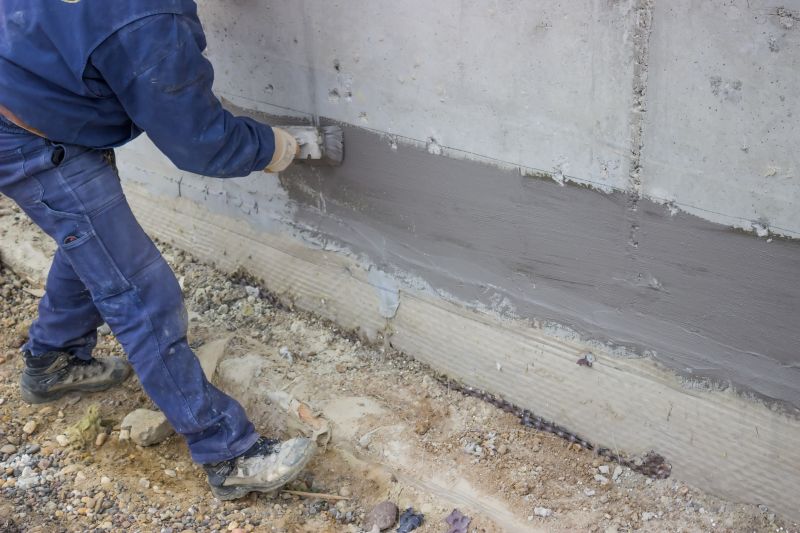
Sealing cracks during dry seasons prevents water infiltration.
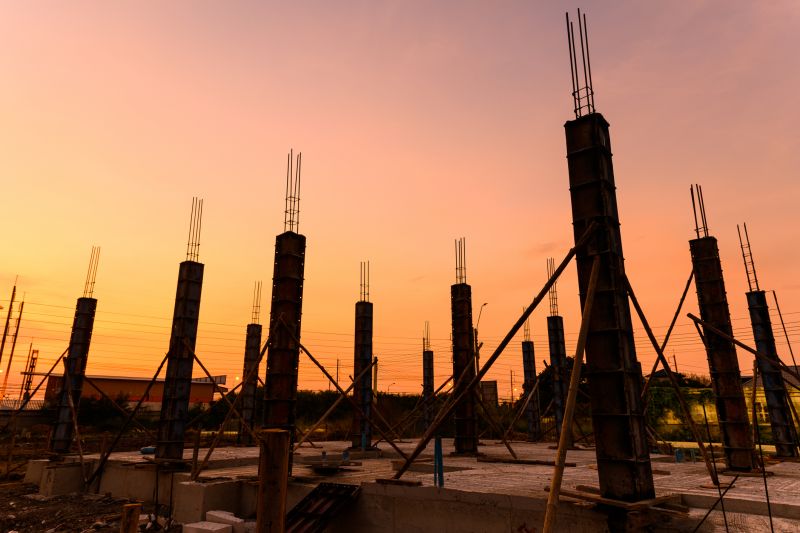
Accessible in stable weather for secure footing.
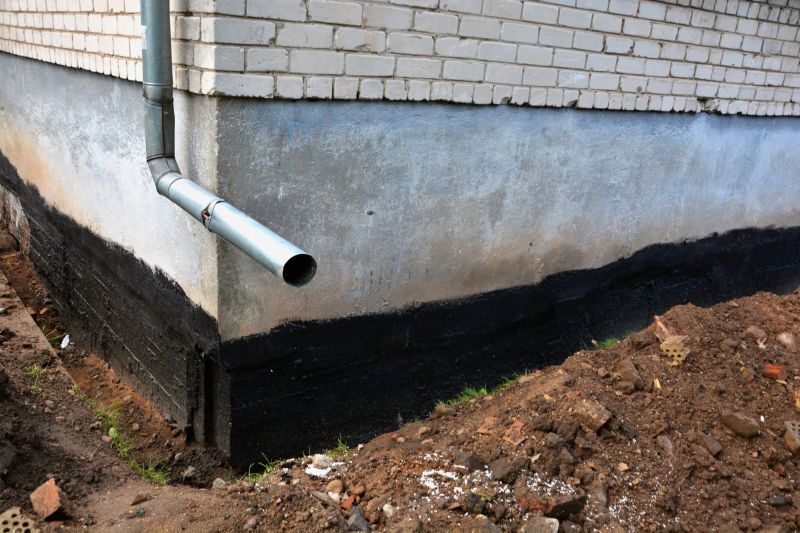
Effective drainage reduces soil moisture fluctuations and foundation stress.
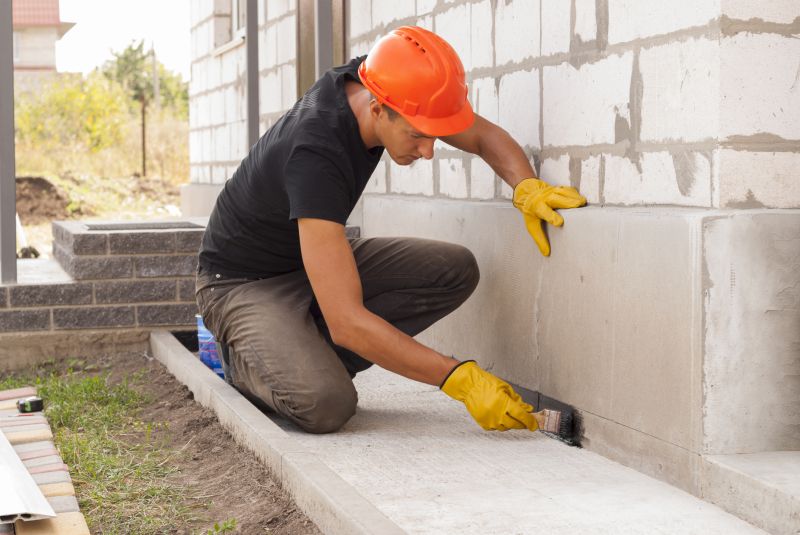
Lower-waste or water-saving choices for Foundation Repairs.

The short, realistic tool list for quality Foundation Repairs.
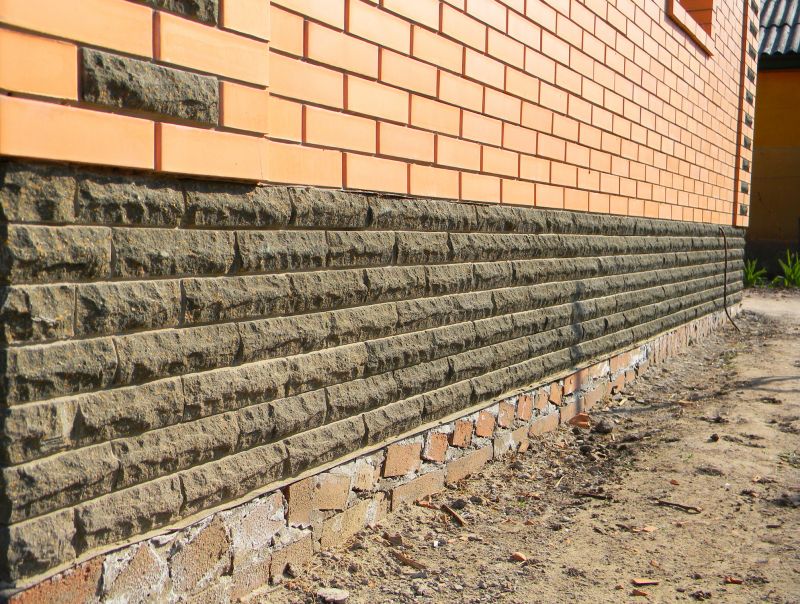
Rough timing from prep to clean-up for Foundation Repairs.
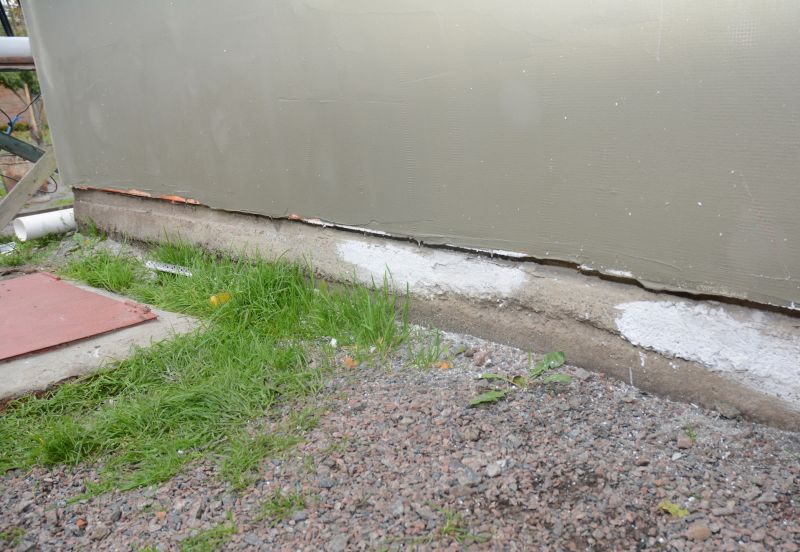
Quick checks and paperwork to keep after Foundation Repairs.
Proper timing for foundation repairs enhances their effectiveness and durability. Conducting repairs during periods of stable weather minimizes soil movement and moisture-related issues, which are common causes of foundation problems. Consulting with foundation specialists can provide tailored recommendations based on local soil conditions and seasonal patterns.
Interested property owners in Lincoln, NE, are encouraged to contact professionals to evaluate foundation conditions and discuss suitable repair timing. Addressing foundation issues proactively can help maintain property value and structural safety.


